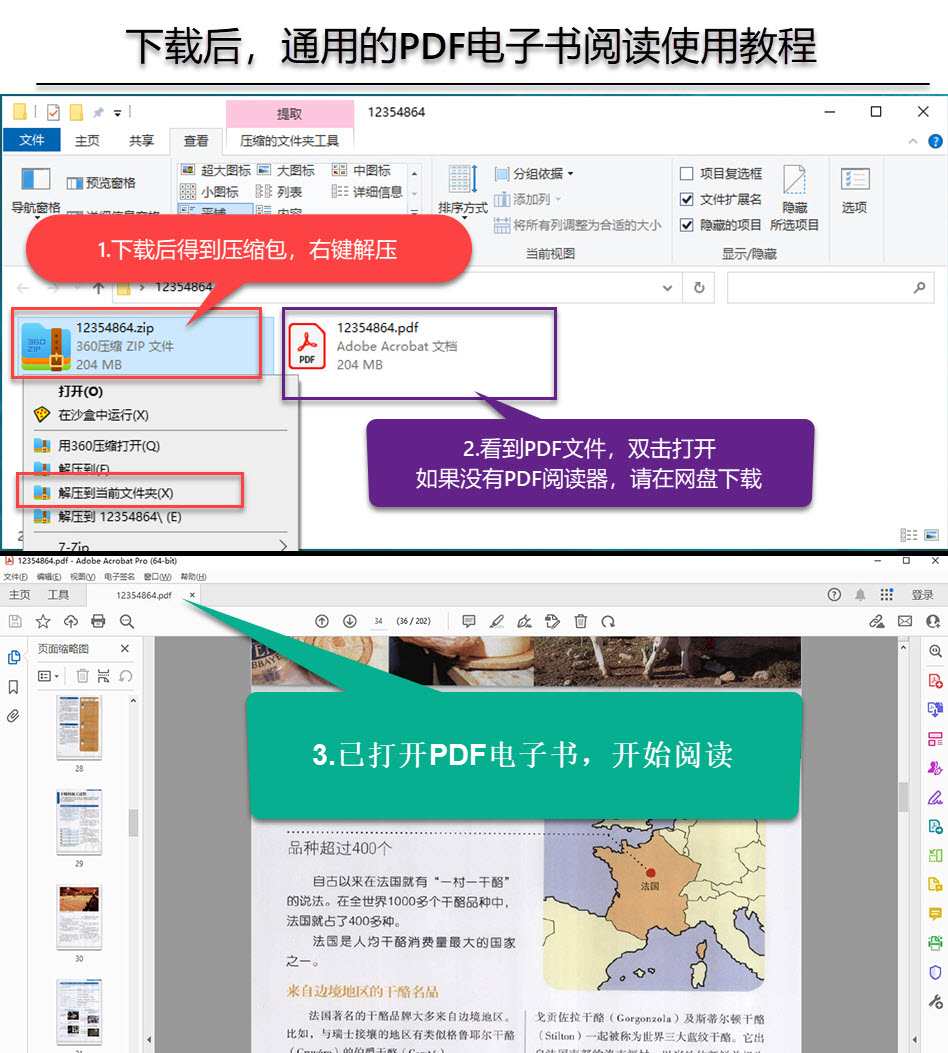语篇信息视角下的中国法院调解说服实现研究
本书特色
[
《语篇信息视角下的中国法院调解说服实现研究》紧扣法官如何通过信息传递说服意图、受何语境因素影响、实现何种说服效果三大研究问题,分析了说服过程中语篇信息的分布特点,梳理了影响说服效果的语境因素,总结了实现说服的话语模式。《语篇信息视角下的中国法院调解说服实现研究》主要面向法律语言学研究者与爱好者、法官、调解员及其他对调解、说服感兴趣的相关人员。
]
内容简介
[
《realization of persuasion in chinese court conciliation:the discourse information approach(语篇信息视角下的中国法院调解说服实现研究)》选取当前司法实践中备受关注的法院调解为研究课题,基于真实的当庭调解语料,建构了“语篇信息为中心的说服模式”(dicmp)理论框架,研究法官说服活动的话语实践过程。《realization of persuasion in chinese court conciliation:the discourse information approach(语篇信息视角下的中国法院调解说服实现研究)》紧扣法官如何通过信息传递说服意图、受何语境因素影响、实现何种说服效果三大研究问题,分析了说服过程中语篇信息的分布特点,梳理了影响说服效果的语境因素,总结了实现说服的话语模式。《realization of persuasion in chinese court conciliation:the discourse information approach(语篇信息视角下的中国法院调解说服实现研究)》主要面向法律语言学研究者与爱好者、法官、调解员及其他对调解、说服感兴趣的相关人员。
]
目录
contents序prefaceacknowledgementschapter 1 introduction1.1 court conciliation in china:an overview1.1.1 definition1.1.2 development1.1.3 research focuses1.2 the discourse information approach to persuasion in court conciliation1.2.1 the pervasiveness of persuasion1.2.2 the importance of discourse information1.3 research methodology1.3.1 research questions1.3.2 data collection1.3.3 data analysis1.4 outline of the bookchapter 2 persuasion:essence of court conciliation2.1 introduction2.2 studies on cc2.2.1 legal perspective2.2.2 economic perspective2.2.3 psychological perspective2.2.4 linguistic perspective2.3 studies on persuasion2.3.1 traditional rhetorical approach2.3.2 contemporary social scientific approach2.4 persuasion in court conciliation2.4.1 previous definions of persuasion2.4.2 working definition of persuasion2.5 summarychapter 3 discourse information:major means of persuasion in court conciliation3.1 introduction3.2 discourse information3.2.1 an overview of the dit3.2.2 information knots3.2.3 information sharing categories3.2.4 applications3.3 the discourse-information-centric model of persuasion(dicmp)3.3.1 relevant persuasion studies3.3.2 the dicmp3.4 summarychapter 4 features of discourse information in persuasion4.1 introduction4.2 factual discourse information:finding of facts and responsibilities4.2.1 basis for determining civil liability4.2.2 clarification of current situations4.2.3 reminding parties?about undesirable results4.3 attitudinal discourse information:inquiry of attitudes and schemes4.3.1 forms of presentation4.3.2 ways of combination4.3.3 levels of development4.4 procedural discourse information:observance of law4.4.1 offering legal basis4.4.2 regulating pace and controlling order4.4.3 drawing conclusions4.5 summarychapter 5 factors influencing persuasion in cc5.1 introduction5.2 social situations5.2.1 settings5.2.2 social roles5.2.3 social relations between participants5.3 subjective communicative situations5.3.1 communicative roles5.3.2 intentions and goals5.3.3 knowledge5.4 summarychapter 6 realization of persuasion in cc6.1 introduction6.2 assessment of the realization of persuasion6.2.1 cognitive responses as the indicators6.2.2 parties?cognitive responses in cc6.3 means of realization6.3.1 involvement of discourse information6.3.2 presentation of discourse information6.3.3 exchange structures of discourse information6.4 effects of the realization of persuasion6.4.1 changing parties?cognition6.4.2 changing parties?attitudes6.4.3 changing parties?behavior6.5 summarychapter 7 conclusion7.1 introduction7.2 summary of the present study7.3 implications,limitations and suggestions for further research7.3.1 implications7.3.2 limitations7.3.3 suggestions for further researchreferencesappendix ⅰ general information of the core datasetappendix ⅱ transcription conventionslist of tablestable 1-1 a brief description of the whole dataset and the core datasettable 3-1 types of the information knots(based on du,2007)table 3-2 five types of knowledge categories(based on du,2007)table 3-3 k-device(based on van dijk,2008,pp.83-88)table 3-4 types,categories and functions of knowledgetable 3-5 persuasion variables(based on petty &wegener,1998)table 3-6 the context model(based on van dijk,2008,p.76)table 4-1 distributions of information knots in 35 cases in the core datasettable 5-1 costs-benefits analysis of parties in cctable 5-2 frequencies of knowledge categories in cc(based on 35 cases in the core dataset)table 6-1 the exchange structures of cctable 6-2 types and functions of responses(adapted from donohue et al.(1984))list of figuresfigure 2-1 the hierarchcal model of needs (maslow,1943)figure 3-1 the tree information structure of discourse (du,2007)figure 3-2 the interactive cognitive model of persuasion (icmp)(du,2008b)figure 3-3 the discourse-information-centric model of persuasion(dicmp)figure 5-1 communicative roles of participants in cc (based on goffman,1981)figure 5-2 judges?control of communicative roles in ccfigure 5-3 adjustment of goals and intentionsfigure 5-4 original knowledge state of parties in ccfigure 5-5 reinforcement of shared knowledgefigure 5-6 modification of controversial knowledge (1)figure 5-7 newly added controversial knowledgefigure 5-8 modification of controversial knowledge (2)
封面

书名:语篇信息视角下的中国法院调解说服实现研究
作者:徐优平
页数:311
定价:¥58.0
出版社:科学出版社
出版日期:2013-09-01
ISBN:9787030383808
PDF电子书大小:143MB 高清扫描完整版
本文标题:《语篇信息视角下的中国法院调解说服实现研究》PDF下载
资源仅供学习参考,禁止用于商业用途,请在下载后24小时内删除!

